You can get started at http://www.scigit.com. The client software currently only runs on Windows, but the website can be used by everybody.
Meet our city and university
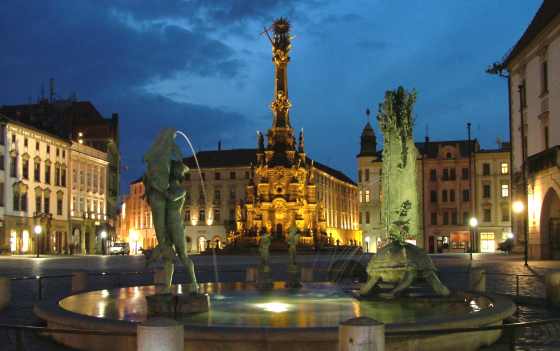
Ivo Straka awarded by Rector’s Prize. Congratulations!
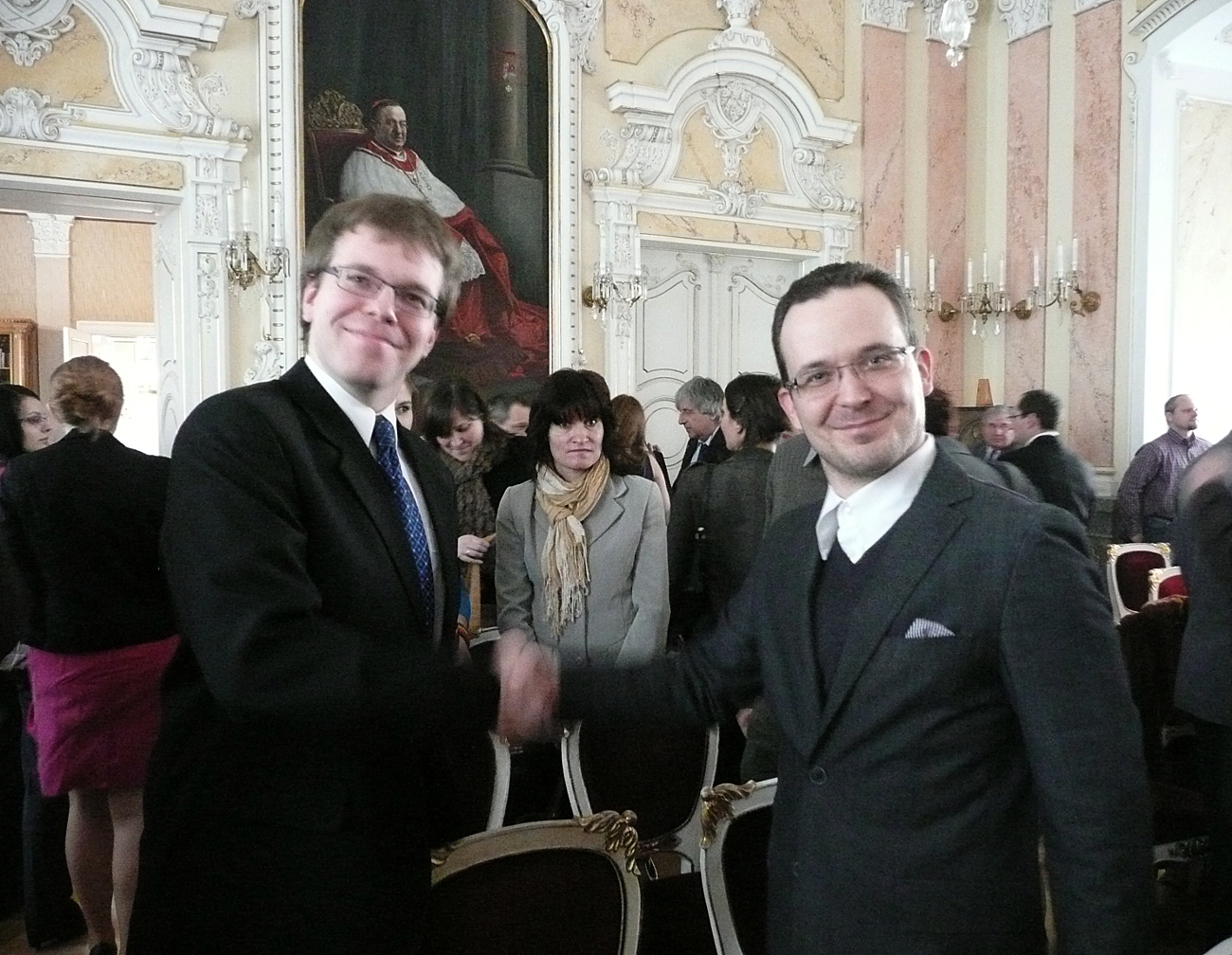
Ivo dnes převzal Cenu Rektora za nejlepší vědeckou práci. Díky za reprezentaci a pozvání (raut byl skvělý). Gratulujeme!
Nová témata studentských prací
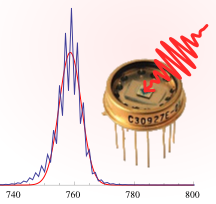
Hyper-kódování kvantových bitů a jeho využití pro kvantové počítače (Qubit hyper-encoding for quantum computers) Kódování informace do jednotlivých kvant světla, fotonů, zefektivňuje některé komunikační a výpočetní operace a umožňuje testovat základní principy budoucích kvantových počítačů. Další cestou zvýšení hustoty uložení
Den otevřených dveří na katedře optiky
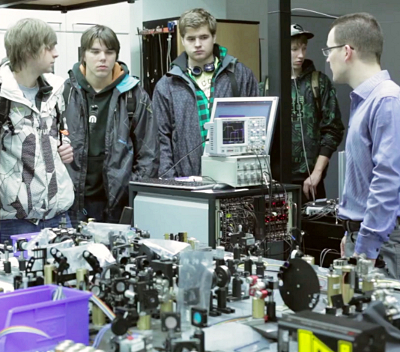
Video ze Dne otevřených dveří na katedře optiky Přírodovědecké fakulty Univerzity Palackého v Olomouci dne 23. listopadu 2012.
Photons beyond qubits 2013
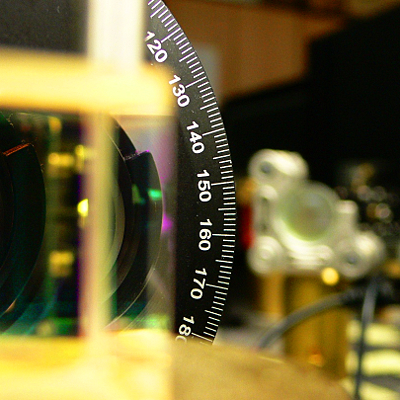
It is our great pleasure to inform you that the 2nd workshop “Photons beyond qubits”, will take place in Olomouc, Czech Republic, during April 8 – April 10, 2013. The workshop will be focused on experimental investigation of quantum information
Online collaborative writing of LaTeX documents
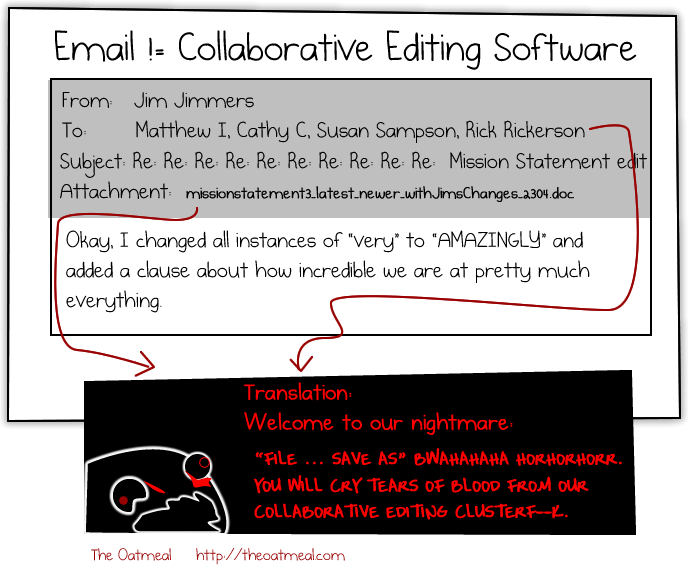
There are better ways than using email, that’s for sure. You can find a nice review of various collaborative writing tools on LaTeX wikibook: SpanDeX and ShareLaTeX allow for only one collaborator per project within their “free” licenses. WriteLaTeX is like EtherPad for
Heisenberg’s uncertainty principle with laser pointer
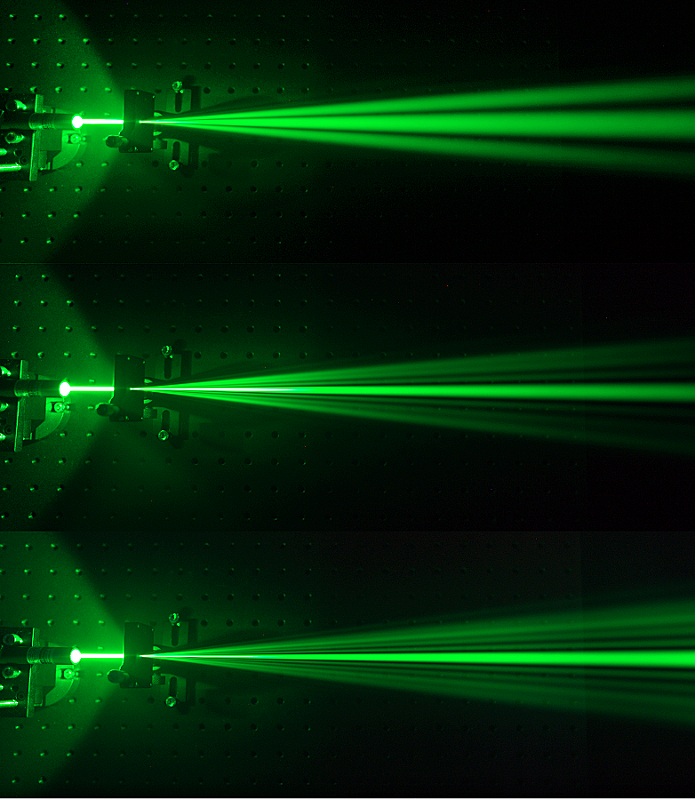
What happens when a collimated beam of light hits a narrow slit? For the slit that is only slightly narrower than the beam, it appears that the slit cuts out part of the beam. When the slit opening decreases, the
Experimental test of the strongly nonclassical character of a noisy squeezed single-photon state
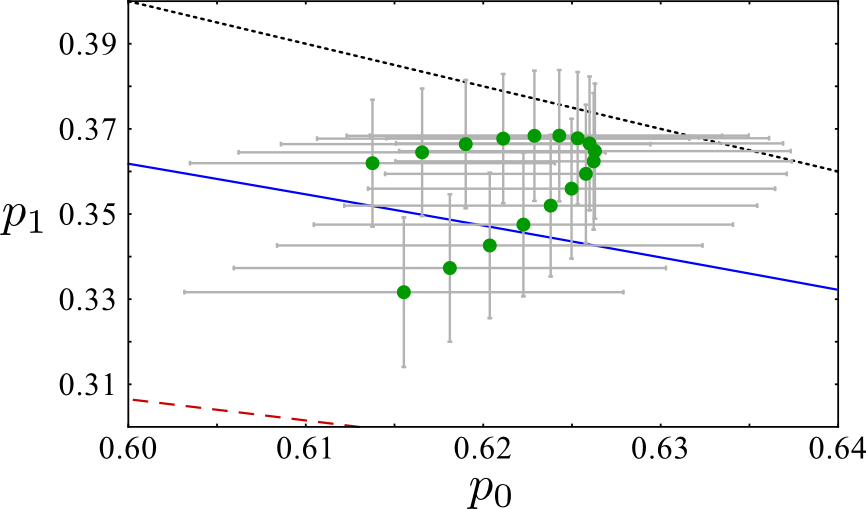
Our paper on testing non-Gaussian character of Schroedinger’s cat state produced under realistic conditions has been published in Physical Review A [10.1103/PhysRevA.86.043813]. In collaboration with QUIN group of prof. Ulrik Andersen we have experimentally verified the quantum non-Gaussian character of
Časlav Brukner: Quantum clocks, mirrors and Alice and Bob in Gravity
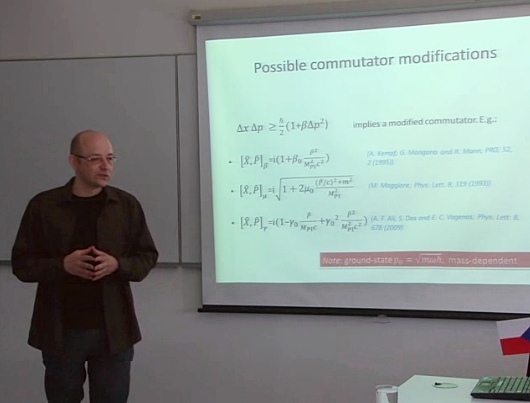
Video and slides from Časlav Brukner’s talk at Department of Optics, Faculty of Science, Palacký University in Olomouc, May 10th 2012.

